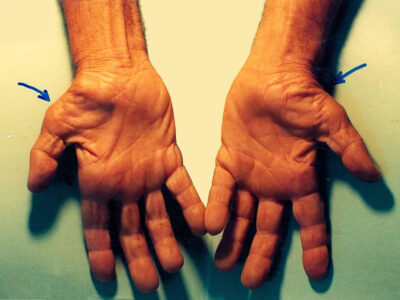At the Law Offices of Hussain & Gutierrez in California, we know the dangers and risks you face as a construction worker on your job sites each day. Electrocutions are one of your biggest risks since you are surrounded by numerous power tools, equipment and machinery.
As noted by Construction Connect, electrocutions rank second on the Occupational Safety and Health Administration’s “Fatal Four” list of construction worker deaths as follows:
- Falls
- Electrocutions
- Struck-by-object events
- Caught-in-between-object events
Electrocution causes
Given that it takes only 50-100 milliamperes of electricity to kill a human being, and given that most 120-volt electrical currents carry between 15-20 amperes of current, it is not difficult to see that if any part of your body comes into contact with an electrical flow, the results likely will be catastrophic at best and fatal at worst.
Unfortunately, you face a high risk of sustaining an electrocution injury from all of the following:
- Faulty equipment and tools
- Frayed or damaged cords
- Ungrounded wires
- Contact with overhead wires by cranes, lifts, ladders, etc.
- Poorly lighted construction sites
Construction site fatality statistics
Construction workers like you account for nearly two-thirds (61 percent) of on-the-job fatal electrocutions. Twenty-five percent of these happen to laborers and 19 percent happen to electrical workers. Males aged 35-44 sustain 28.3 percent of all job-related electrocutions. As for the specific causes, 75 percent of them are the result of coming into contact with converters, transformers and power lines.
Take special care when using your power equipment. Plug 3-prong cords only into 3-prong extension cords and make sure none of the extension cords you use are frayed or otherwise damaged. Never try to fix one with electrical tape.
For additional information, please visit this page on our website.



